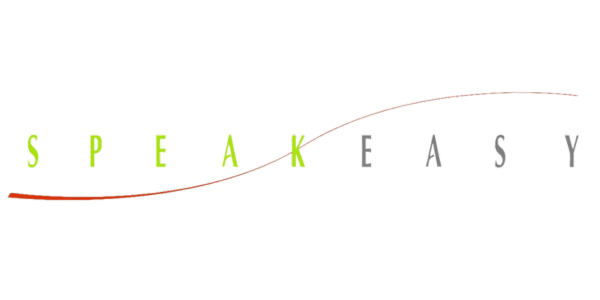
19 May Top 3 Strategies to Approach Difficult Conversations with Confidence
Reading Time: 3 minutesRachel looked nervously at the clock, anticipating her next meeting. In 20 minutes she would be meeting with an employee, Clyde, to discuss a recent drop in his work performance. She had prepared all of her talking points, knew what metrics she would present, and even had sketched out a few performance goals for him to achieve. Despite being prepared, she still was very anxious about how exactly to deliver the news and what his reaction might be.
If you have been in a similar situation, you are not alone. In fact, over 97% of managers and supervisors commonly report that they avoid having difficult conversations because they fear how the other person will react. Rachel contemplated cancelling the meeting and assigning Clyde less work to mask his drop in work performance.
However, would this really solve the issue?
Research shows that when managers avoid dealing with difficult conversations, the overall workplace environment suffers. These negative impacts can include, but are not limited to:
- Increased costs due to lost work time;
- Missed project deadlines;
- Lack of collaboration between team members; and
- Decreased work productivity and workplace morale.
After the meeting, Clyde seemed upset and felt that his voice had not been heard. Rachel also thought the meeting was not as effective as she had hoped it would be. She couldn’t help but wonder, “what strategies could I have used to better prepare and handle this difficult conversation?”
Whether you are tasked with addressing an employee’s performance issue, like Rachel, or have to deliver difficult news to your project team, here are three key strategies you can use to make your next difficult conversation as productive as possible.
Maintain a positive mindset. Business communication consultants recommend that you avoid labeling the conversation, as being “difficult” and instead consider the positive outcomes that can result. Handling a difficult conversation works best when you frame the conversation in a positive or neutral light. This includes how you invite the other person to speak with you. For example, instead of outlining the meeting topic as a “performance review”, consider referring to it as a “brainstorming session for professional development”. This way everyone involved will be entering the conversation with a mindset of collaboration and idea sharing. Your mindset should be prepped before starting the talk. If time permits, take a few minutes to calm your body and release any thoughts of anxiety from your mind. Remember, the more calm and centered your body and thoughts are, the better prepared you will be to approach the conversation.
 Loosely plan your talk, but allow for authenticity. For challenging conversations, pre-planning your talking points can be a great way to structure the conversation and determine the best sequence of topics. Be sure to not overly script the conversation, but instead use this planning time to sort through the key information you want to discuss. Keep in mind that being authentic in your interpersonal business communication is crucial for how your audience will perceive your motives and receive your message. Avoid using a “my way or the highway” approach and instead acknowledge the other person’s view and how they may be feeling. Ask the other person about their perspective before sharing your concern or the difficult news. This way you can learn more about what other factors may be at play and how the other party perceives the issue.
Loosely plan your talk, but allow for authenticity. For challenging conversations, pre-planning your talking points can be a great way to structure the conversation and determine the best sequence of topics. Be sure to not overly script the conversation, but instead use this planning time to sort through the key information you want to discuss. Keep in mind that being authentic in your interpersonal business communication is crucial for how your audience will perceive your motives and receive your message. Avoid using a “my way or the highway” approach and instead acknowledge the other person’s view and how they may be feeling. Ask the other person about their perspective before sharing your concern or the difficult news. This way you can learn more about what other factors may be at play and how the other party perceives the issue.
Make it a conversation and not a lecture. Spending too much time talking and not enough time listening can give the other person the impression that you do not value their opinions. Consider slowing down the pace of the conversation to ensure you are taking the time you need to process what is being said. Throughout the conversation pause and summarize what has been discussed and ask for clarification, as needed. Encouraging the other person to share their thoughts increases the likelihood that a resolution can be agreed upon and implemented. Keep in mind that the more invested the other person feels you are in preserving their best interest, the more likely the conversation will be productive and less hostile.
Using these Speakeasy conversation strategies is key in overcoming the anxiety related to handling demanding conversations. At some point in your professional career having to deliver difficult news will be inevitable. How you handle this can be a defining moment in maintaining your business relationships. The corporate communication consultants at Speakeasy are here to help you throughout your communication journey, from impromptu presentations to handling challenging situations. We are excited to partner with you on your communication journey and make your next difficult conversation as seamless and as productive as possible. Share other communication strategies you use with us on Facebook – we would love to hear what has worked for you.
[1] https://tacklingdifficultconversations.com/wp-content/uploads/2013/12/Difficult-Conversations-Survey-Report2.pdf

